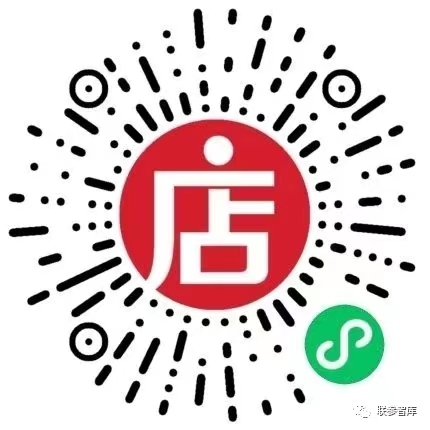 [20220106]IF11030_美国关税政策:概述.pdf
[20220106]IF11030_美国关税政策:概述.pdf
https:/crsreports.congress.gov Updated January 6, 2022U.S. Tariff Policy: OverviewIntroduction A tariff is a customs duty levied on imported and exported goods and services. Historically, countries used tariffs as a primary means of collecting revenue. Today, other taxes account for most government revenue in developed countries. Tariffs are now typically used to protect domestic industries or as leverage in trade negotiations and disputes. The U.S. Constitution empowers Congress to set tariffs, a power that Congress has partially delegated to the President. The United States is also a member of the World Trade Organization (WTO) and a party to a number of trade agreements, which include specific tariff-related commitments. Congress and the President thus create U.S. tariff policy within the context of a rules-based global trading system. Rules-Based Global Trading System The rules-based global trading system was established following World War II. It began as the General Agreement on Tariffs and Trade (GATT), which was later integrated into a larger set of agreements establishing the WTO. This system has aimed to reduce trade barriers and prevent trade wars by establishing rules
展开阅读全文
- 特殊限制:
部分文档作品中含有的国旗、国徽等图片,仅作为作品整体效果示例展示,禁止商用。设计者仅对作品中独创性部分享有著作权。
- 关 键 词:
- 20220106 IF11030_ 美国 关税 政策 概述
 联参智库所有资源均是用户自行上传分享,仅供网友学习交流,未经上传用户书面授权,请勿作他用。
联参智库所有资源均是用户自行上传分享,仅供网友学习交流,未经上传用户书面授权,请勿作他用。
关于本文






![[19931229]93-1067_竞选资金改革:现行法律与H.R.第103届国会参众两院通过.pdf](https://www.lianhezuozhan.com/images/filetype/d_pdf.png) [19931229]93-1067_竞选资金改革:现行法律与H.R.第103届国会参众两院通过.pdf
[19931229]93-1067_竞选资金改革:现行法律与H.R.第103届国会参众两院通过.pdf



